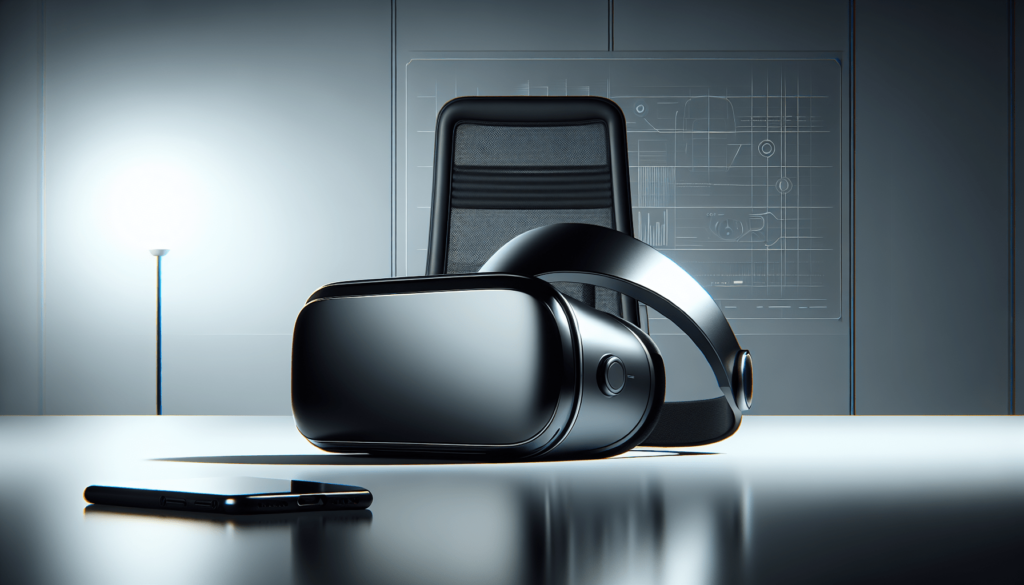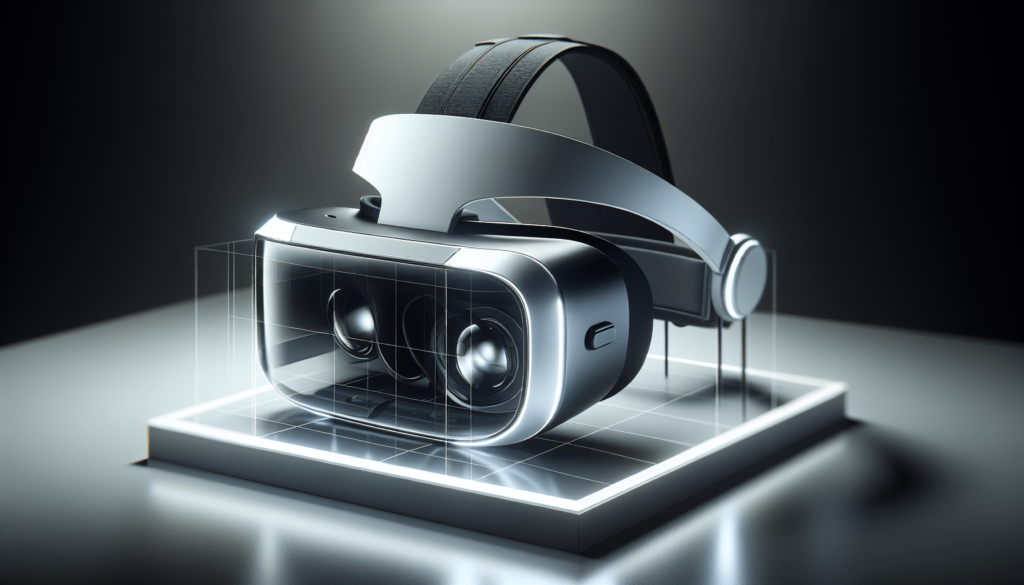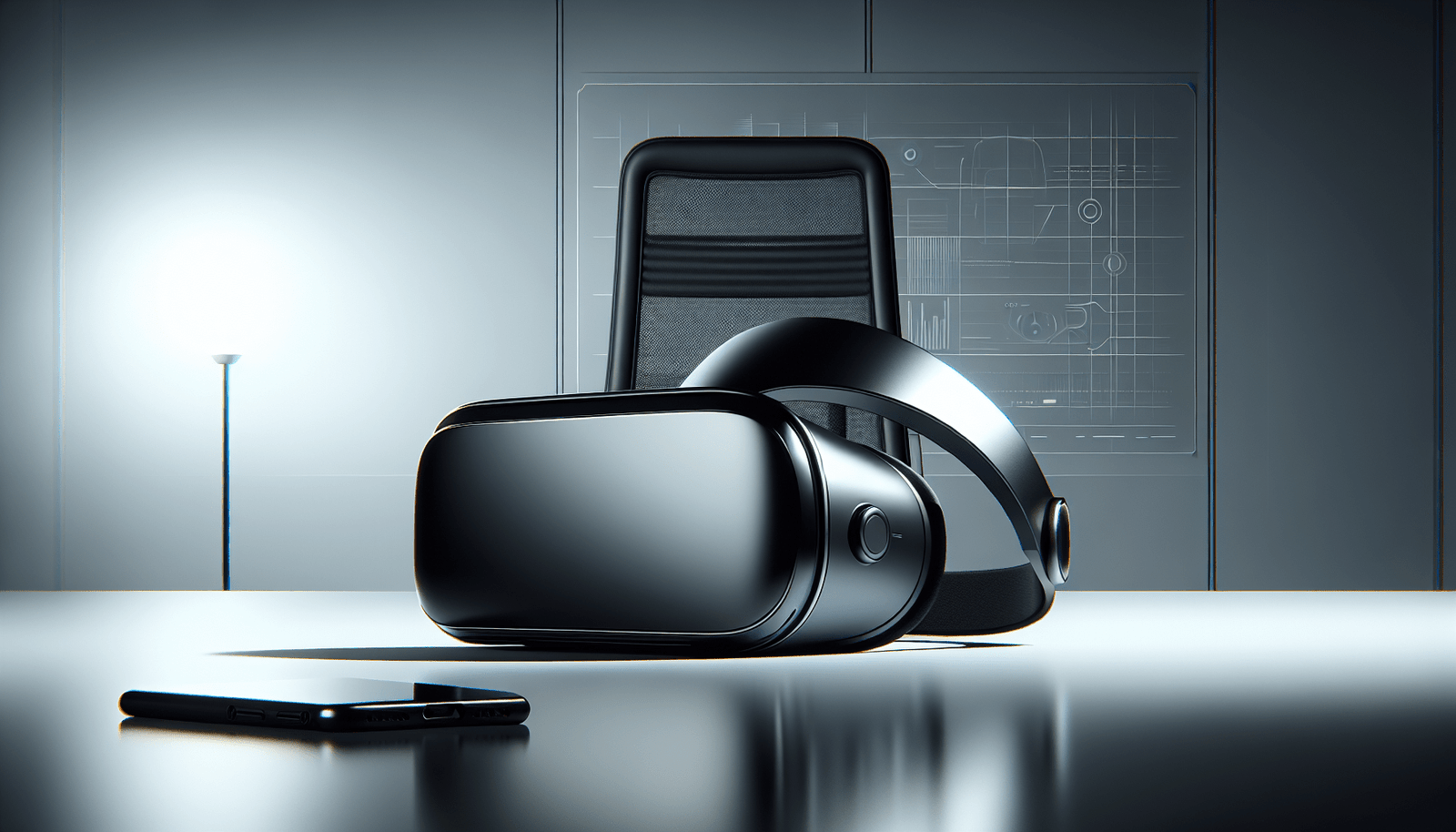When I first stumbled upon the concept of Virtual Reality Product Liability Insurance, I was intrigued by the idea of protecting against the whimsical dangers lurking in our digital escapades. Imagine strapping on a VR headset, only to find yourself entangled in a legal quagmire because the virtual jungle gym or digital rollercoaster malfunctioned. As cutting-edge technologies continue to advance, so do the complexities of liability and insurance. This article delves into the nuts and bolts of VR product liability insurance, tying together the innovative aspects of virtual reality with the sobering realities of potential legal issues. With a friendly tone and a sprinkle of humor, I aim to make this intricate topic both accessible and engaging. Have you ever strapped a VR headset on, found yourself in a swashbuckling pirate adventure, only to knock over your grandmother’s priceless vase in your living room? Ouch. Trust me, I’ve been there. The price of adventure can be high, and it got me thinking: what happens when those virtual adventures lead to real-world mishaps, especially for companies creating these mind-bending experiences? Let’s dive into the world of Virtual Reality Product Liability Insurance.

Understanding Virtual Reality Product Liability Insurance
Virtual Reality (VR) is no longer the stuff of science fiction. It’s here, and it’s growing rapidly. But with great power comes great responsibility. Or, in this case, potential legal headaches. VR Product Liability Insurance is a specialized type of insurance policy designed to protect companies that design, manufacture, or sell VR products from potential lawsuits. You might be wondering, “Lawsuits? Over a VR game?”
Why Is It Important?
Imagine this: a customer uses your VR headset and trips over a cable, breaking a limb. Or someone develops severe motion sickness after prolonged use. These might sound like minor issues, but in today’s litigious society, they can lead to significant legal battles. Without proper insurance, your company could face debilitating financial consequences.
Types of Risks Covered:
- Product Defects: If your VR device malfunctions and injures a user, this insurance covers legal fees and settlements.
- Inadequate Instructions: Ever tried assembling furniture with vague instructions? Now imagine complicated VR equipment and poor user manuals leading to injuries. Insurance has your back.
- Breach of Warranty: If your product fails to meet the safety standards you’ve promised, you’re protected.
- Cybersecurity Breaches: Hacking isn’t just for computers. If your VR system gets compromised, leading to data theft or user harm, insurance steps in.
My Experience with VR Mishaps
I remember this one time, while immersed in a thrilling VR fencing match, I took a giant step backward and—CRASH—right into my bookshelf. A thorough dissection of my clumsiness led to the discovery that I hadn’t read the warning about “maintaining a clear play space.” While my pride took the biggest hit, it was a good reminder of the real hazards in our virtual adventures. But imagine if it had been worse?
Who Needs VR Product Liability Insurance?
You’re probably thinking that only tech giants like Oculus or Valve need this kind of protection, right? Wrong. If you’re involved in creating VR content, developing VR software, or producing VR hardware, you need to consider this insurance.
Businesses Benefiting from VR Product Liability:
- Hardware Manufacturers: Companies producing VR headsets, gloves, or sensors.
- Software Developers: From VR games to training simulators, software that goes glitchy can be dangerous.
- Content Creators: Say you produce VR experiences for education, therapy, or entertainment; faulty content can cause unexpected reactions.
- Distributors and Retailers: Even if you don’t make or develop VR tech, just selling it can make you liable.
My Own Entrepreneurial Leap
A few years back, I dabbled in creating a VR meditation app. I aimed to provide users with a serene, calm environment, but early on, some users developed headaches because I hadn’t optimized the graphics well. I realized then—on a very small scale—how even good intentions can lead to legal trouble. It was an eye-opener that the virtual reality world comes with very real-world responsibilities.

How Does VR Product Liability Insurance Work?
So, you’ve decided this insurance might be worth the investment. Great! But how does it actually work? In layman’s terms, VR Product Liability Insurance acts like a safety net. When an issue arises, you file a claim with your insurance company, and they help cover the costs associated with the lawsuit or damages.
Key Features to Look For:
- Coverage Limits: This refers to the maximum amount an insurance company will pay for a claim. Ensure it’s high enough to cover worst-case scenarios.
- Defense Costs: Legal battles are expensive. Check if your policy covers attorney fees and related costs.
- Worldwide Coverage: If you’re selling your VR products internationally, make sure your policy isn’t limited to just your home country.
- Additional Insureds: Sometimes, you’ll collaborate with other companies. Ensure your policy covers these partnerships.
Simple Claim Process:
- Incident Occurs: A user gets injured using your VR headset.
- Report to Insurer: Notify your insurance company of the incident.
- Investigation: The insurer will investigate the claim to verify its authenticity.
- Payout: If the claim is valid, the insurer will cover the legal and settlement costs up to your policy’s limit.
Anecdote: The Claim That Saved a Startup
A friend of mine developed an educational VR game aimed at kids. One adventurous 10-year-old managed to entangle himself in the connecting cables, leading to a minor injury and a very angry parent. Thanks to VR Product Liability Insurance, his small startup was able to cover legal fees and a settlement, avoiding bankruptcy. Lessons learned: no matter how small you start, accidents can happen.
Costs Associated with VR Product Liability Insurance
Alright, let’s talk money. How much is this going to set you back? The cost of VR Product Liability Insurance varies widely based on several factors:
Factors Influencing Cost:
- Business Size: Larger companies with more revenue usually pay higher premiums.
- Number of Products: More products mean more opportunities for something to go wrong.
- Claims History: If you have a history of legal issues, expect higher premiums.
- Customization Needs: Comprehensive, tailored policies will cost more than standard ones.
Typical Price Range:
For a small to mid-sized company, expect to pay anywhere from $5,000 to $50,000 annually. Keep in mind, these are ballpark figures. Getting quotes from multiple insurers can help you find the best deal.
Example Scenario:
Let’s say you’re a mid-sized VR game developer. You’d likely be at the lower end of the spectrum, paying around $10,000 to $15,000 annually. But if you’re a major hardware manufacturer with international distribution, you could be looking at premiums closer to $40,000 to $50,000.
Personal Story: Sticker Shock
When I first looked into insurance for my VR app project, I was taken aback by the cost. Fresh out of the gate, spending thousands on something you hope never to use feels like a hefty burden. But, the peace of mind it brings—and the protection of knowing my little venture wouldn’t be wiped out by one accident—turned out to be worth every penny.
Choosing the Right Insurance Provider
Choosing an insurance provider for your VR products isn’t a decision to take lightly. This is where things get a bit tricky. It’s like choosing the right pair of shoes; one size doesn’t fit all.
Tips for Selecting a Provider:
- Specialization: Look for insurers specializing in tech or VR products.
- Customer Reviews: Check what other businesses say about their service and claim process.
- Customization: Ensure they offer policies that can be tailored to your specific needs.
- Support: Good customer support can be crucial when you need to file a claim.
Popular Providers:
| Provider | Specialization | Customer Rating |
|---|---|---|
| TechInsurance | Tech and VR Companies | 4.5/5 |
| Hiscox | Small Businesses | 4.4/5 |
| CoverWallet | Digital Products | 4.3/5 |
| CNA Insurance | Manufacturing & Tech | 4.2/5 |
Anecdote: The Right Fit
I once partnered with a local VR arcades chain to offer my meditation app as part of their relaxation zone. They were covered by a specialized provider who understood the unique risks associated with VR businesses. When a minor legal issue cropped up, their insurer’s efficient and supportive handling reassured me that they had chosen wisely.
Common Mistakes and How to Avoid Them
Venturing into VR Product Liability Insurance without proper guidance can be as risky as playing VR dodgeball blindfolded. Fortunately, you can avoid common pitfalls by keeping a few things in mind:
Common Mistakes:
- Underestimating Coverage Needs: Don’t skimp on coverage to save money. The risk isn’t worth it.
- Ignoring Geographical Limits: Ensure your policy covers all regions where you operate.
- Overlooking Small Print: Policy details matter. Ignoring exclusions and conditions can lead to nasty surprises.
- Neglecting Regular Updates: Update your insurance as your business evolves and new risks emerge.
How to Avoid Them:
- Consult Experts: Speak to insurance experts to understand your specific needs.
- Read Reviews: Learn from others—look at case studies and reviews of potential providers.
- Regular Reviews: Annually review and update your coverage to avoid gaps.
- Transparency: Be upfront about your business’s nature and activities with your insurer.
My Hard Lesson
In my early entrepreneurial days, I learned the hard way that skimping on insurance pays off short term but can be disastrous in the long run. An unexpected issue with a third-party plugin led to user dissatisfaction and minor legal fees. Had I opted for more comprehensive coverage initially, I might have saved myself a considerable amount of stress and money.
The Future of VR and Liability Concerns
As technology evolves, so do the associated risks and liability concerns. VR is becoming more integrated into everyday life, from education and healthcare to entertainment and workforce training. With advancements come new challenges.
Emerging Trends:
- Health Risks: Long-term impact of VR use on physical and mental health.
- Privacy Concerns: Augmented and virtual realities collect vast amounts of user data, posing risks if improperly managed.
- Content Liability: User-generated content can lead to unanticipated legal issues.
- Integration with AI: Combining VR with AI introduces new layers of complexity and risk.
Preparing for the Future:
- Stay Informed: Keep abreast of legal and technological developments in VR.
- Regular Training: Ensure your team understands the latest safety and user experience best practices.
- Adapt Policies: Regularly update your insurance and company policies to cover new risks.
Final Thoughts: Embrace and Protect
It’s an exciting time to be part of the VR world. The possibilities are endless, but so are the potential pitfalls. Just like you’d buckle up for a thrilling rollercoaster ride, ensuring your VR business is protected with the right liability insurance allows you to focus on creativity and innovation without constantly looking over your shoulder. And who knows, maybe one day our virtual playlists will be free from the concern of crashing into reality.
So next time you put on that headset, remember—the barrier between virtual and reality might be thinner than you think, but it doesn’t have to be more dangerous. Now, back to my VR pirate adventure—but this time, I’ve moved Grandma’s vase to a safer spot.



